Sebastian Cox demystifies the environmental impact of wood burners
This month, British designer Sebastian Cox discusses wood burners & things we need to consider
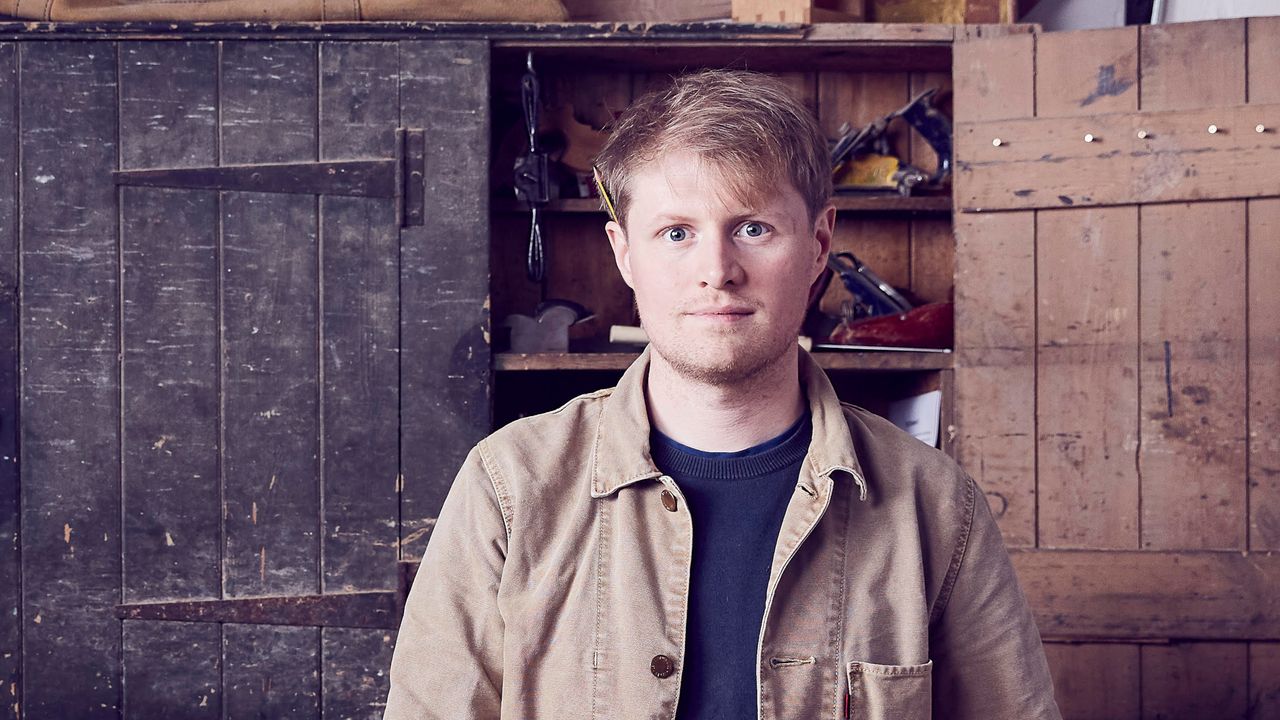
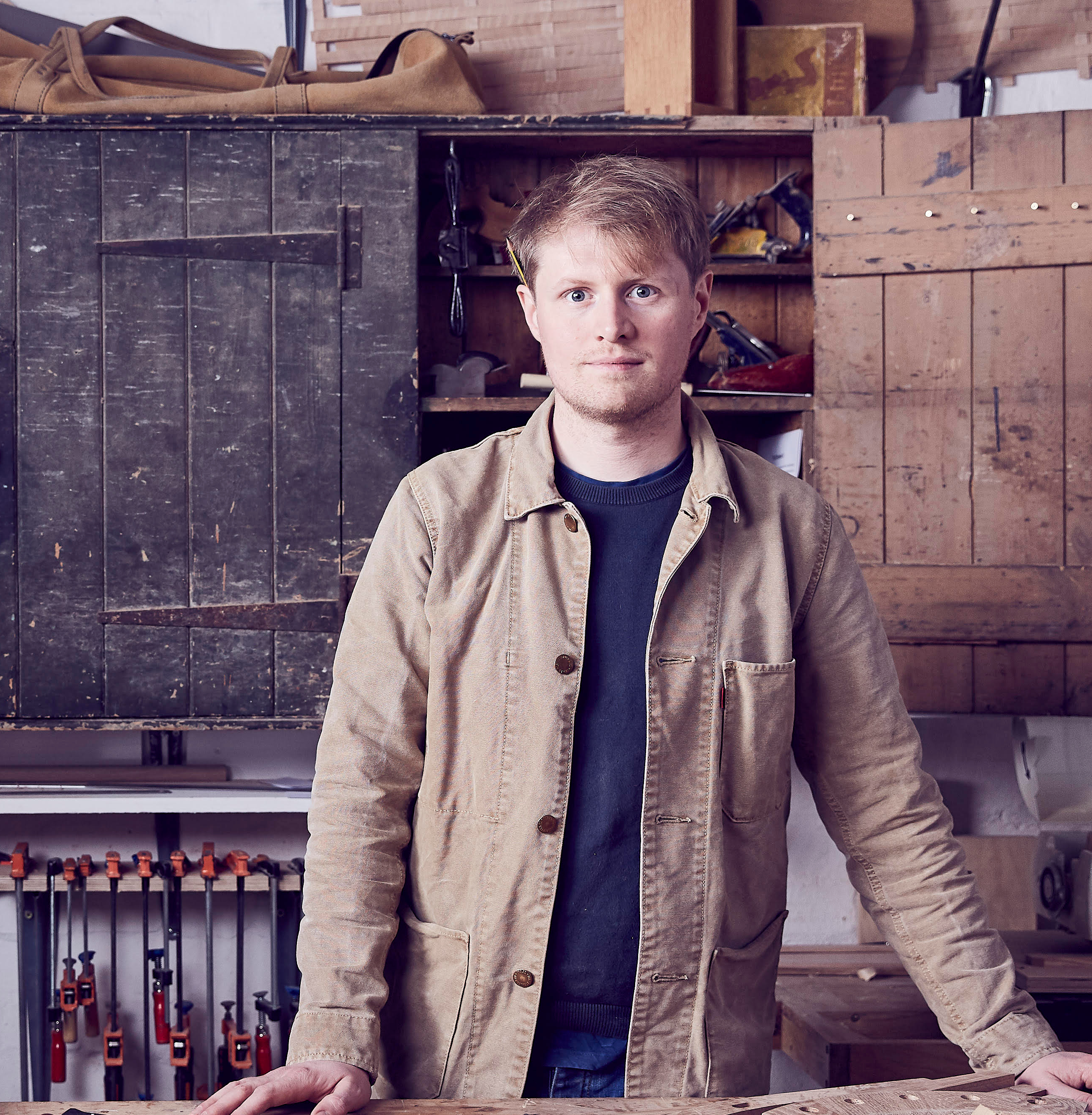
British furniture designer, eco expert and Homes & Gardens columnist, Sebastian Cox charts the renovation of his home, one inspiring and innovatively eco-friendly idea at a time. Each month, he digs deep into the ways in which we can all make a difference within our homes.
With a recent move to Margate (Kent, UK) and his own house renovation currently underway, Sebastian Cox has been on a quest to make the right interior design decisions for his home and young family. Exploring the new – and often old – ways to approach restoration and improvements along the way.
First up – the wood burner. Our relationship with fire, spanning a couple of million years, feels today like it might be on the rocks. There is a sense emerging that stoves or open fires are unhealthy, for both our bodies and our environment. Like so many subjects today, views are becoming polarized.
Sebastian Cox sheds some light on the humble wood burner, telling us the things we need to consider.
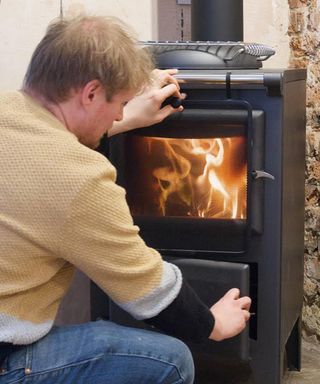
A topic of discussion
A post last winter on Monty Don’s instagram feed, expressing his satisfaction at his full log stack, had some commenters shouting that he shouldn’t be romanticizing a toxic pollutant, and others, myself included, sharing the glow of warmth of the prospect in the image. My childhood home had its inglenook fire lit about fifty weeks a year and my job was to keep the log bin full, barrowing in loads of ash and birch, hauled up from the woods on winter weekends with my Dad and hurriedly split after school in the final twenty minutes of winter daylight.
Begin with research
All things have an environmental impact, and so I approached the bricked-up fireplaces in our Victorian house with as much level-headed scepticism as I could muster while researching their pollution, and of course their worrying potential impact on the health of my young family. My research resulted in three modern Esse wood burning stoves, with some self-inflicted conditions on their use. As with eating meat, the impact of the product is largely dependent on how it’s fed.
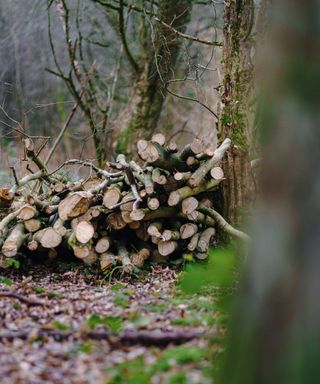
From forest to fuel
Half of the UK’s forests are unmanaged, and biodiversity declines in woodlands as they become dark, overstood, closed-canopy places. We make living room furniture with the straight stuff our small woodland yields, but there is many times more material that’s too thin or too bent to use, becoming excellent fuelwood – either logs or charcoal. Even in productive plantations this is the case – trees will always give logs from their branches even if the stems are grown arrow-straight. Often, fuelwood is the commercial backbone of woodland conservation; using firewood from managed UK woodlands helps bring forests back into cut rotation, giving wildlife a chance to return. Additionally, as long as the woodland regrows, the carbon emitted is neutral from the burning of the fuel as the regrowth re-absorbs it. Coppicing is again beneficial here, as the rotation is short, around ten to twenty years, meaning the re-absorption of the carbon is reassuringly short too.
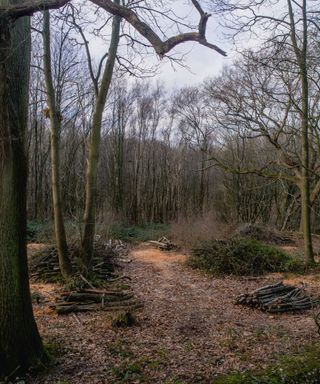
Three things to consider when it comes to wood burners
So if the first criteria is the source of the fuel, the second is the dryness. Apart from disappointing you with a damp squib of a fire and wasting energy boiling the water in your logs, wet wood gives off harmful particulates, smogging some towns with more airborne particulates than road traffic does. Properly dried wood, soon to be the only legal firewood available to buy, burns much cleaner and with a pleasing crackle rather than the incessant hiss of boiling sap. Seasoned wood’s clue is in the title; cut and split wood for the next winter, not the current. ‘Ecodesign’ stoves, like the Esses I bought, also burn considerably more efficiently, making their smoke cleaner and your room hotter, meaning fewer logs used and fewer particulates out of the chimney.
My third criteria is one I refined through the purchasing of a particulate monitor. I had read about wood burning stoves belching particulates into our homes, and how these tiny solid particles, defined as PM 2.5, can enter cells in your body and cause serious health problems. The spikes in this harmful matter are highest when the fire is initially lit, and when you open the door to refuel. I organize to do either about half an hour before my daughters go into the room and if I can’t I switch on an air purifier - many models today will filter PM 2.5. The Eve particulate monitor which I have above each fireplace lets me know when the air quality is good again via an app. Interestingly, frying two eggs on our induction hob the other day caused a greater particulate spike than refuelling the stove usually does. Hoovering is often spikier, illustrating that particulate spikes seem to be a part of life, and monitoring can help to avoid them.
Looking back can help us to look forward
You might wonder if all of that effort is worth it, I could just rely on my green energy tariff to heat my home, rather than fussing with these self-imposed criteria. It’s clear that having a fire can do harm, so we must use them properly rather than let this magical force of nature dwindle from our domestic lives. There’s something special about fire. Had we not mastered it, we’d still be prey, exhausted with the uncertainty of scavenging and gathering. Our ancestors spent their evenings gathered around fires, which is thought to have contributed to our social nature as a species. We forget our origins as animals connected to the web of life at our peril, and perhaps in our fast moving age of digital detachment, this prehistoric tool can be honed to connect us to our origins within the comfort of our modern lives.
Sign up to the Homes & Gardens newsletter
Design expertise in your inbox – from inspiring decorating ideas and beautiful celebrity homes to practical gardening advice and shopping round-ups.

Deeply curious about the link between the things we make and buy, and their impact on our environment, Sebastian runs a business with his wife Brogan which makes furniture from British wood; they also manage woodland and mill trees to give them material to work with, deepening their understanding of the connection between resources and habitats. They’ve won awards for their work, which spans individual pieces for private clients, contract projects with public bodies and brands, and ongoing relationships with architects and interior designers. This gives them a broad understanding of how to bring beautiful design into useful, meaningful spaces, while having a positive impact on the natural world. Sebastian writes for Homes & Gardens about sustainability.
-
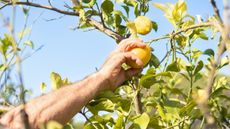 7 fruits to plant in April for years of tasty homegrown harvests, plus expert planting tips
7 fruits to plant in April for years of tasty homegrown harvests, plus expert planting tipsAn exceptional selection of fruit trees and soft fruit can be planted this month
By Drew Swainston Published
-
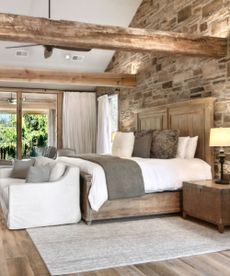 You can stay in the recording studio where Dolly Parton and Taylor Swift made their music – it's a modern-rustic hideout in a Tennessee forest
You can stay in the recording studio where Dolly Parton and Taylor Swift made their music – it's a modern-rustic hideout in a Tennessee forestDark Horse Estate, located in Franklin, Tennessee, is a haven for design and music lovers alike – we tour the beautiful estate (now on Airbnb)
By Hannah Ziegler Published